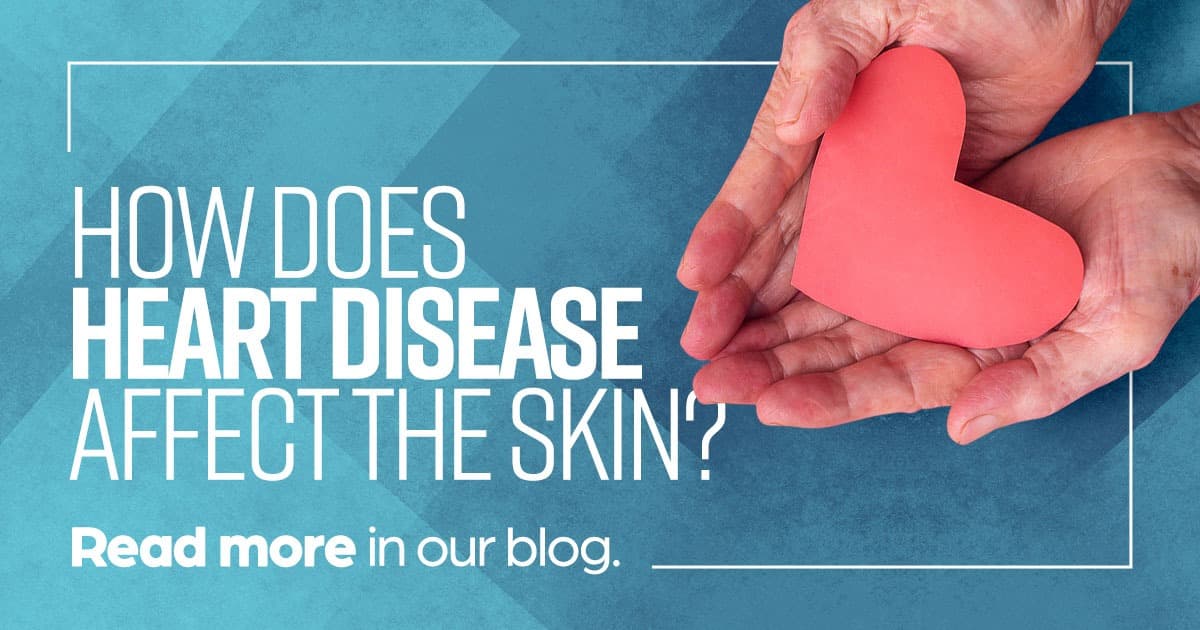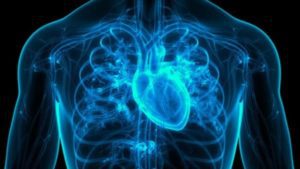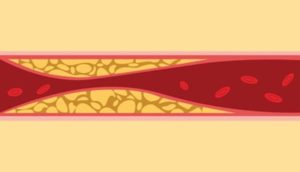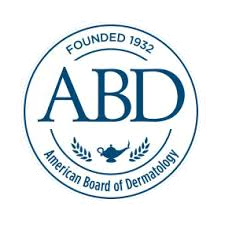Our skin is the largest organ of the body. It tells us when we’ve spent too much time in the sun or when the winter dryness has sucked away too much moisture. So, it’s not so surprising to learn that it can also warn us when other conditions arise, such as heart disease. February is American Heart Month, and learning how heart disease affects the skin can potentially save your life!
Heart Disease and the Skin
Heart disease is an umbrella term for various conditions that affect the structure and function of the heart. Since heart conditions develop inside your body, many heart conditions have signs that appear on your skin and nails. Let’s explore some of the most common signs of heart disease on your skin.
- Swelling in your lower legs and feet:
- Many heart diseases cause fluid to build up in your feet and lower legs (edema).
- Skin that’s a blue or purple color:
- When the blood vessels that carry oxygen-rich blood from the heart to the rest of the body become blocked, this prevents adequate oxygen from reaching the blood. The lack of oxygen results in gray, purple, or blue-colored skin (cyanosis), usually in the fingers or toes. Circulatory issues like blockages may signify the type of heart disease that results from a buildup of plaque in the blood vessels.
- Yellowish-orange, waxy growths on your skin:
- Unhealthy cholesterol levels in the blood can lead to the development of yellowish-orange growths on your skin. These are deposits of cholesterol under your skin. They are found in many areas, including the corners of your eyes, on your palms, or the backs of your lower legs.
- The end of fingers are swollen, and nails curve downward:
- Swollen fingers with downward-turned nails (clubbing) are another sign of heart disease or a heart infection. Clubbing may result from chronically low oxygen levels from a heart or lung disease.
Stay Calm and Call Texas Dermatology
If you notice any of these signs, stay calm and make an appointment to see your primary care doctor or dermatologist if you notice changes in your skin. Though the signs could be harmless, it’s essential to get checked out anyway. When found early, heart disease is easier to treat. Call us at (210) 829-5180, or book an appointment through our online portal.
Source:
https://www.aad.org/public/diseases/a-z/heart-disease-warning-signs











